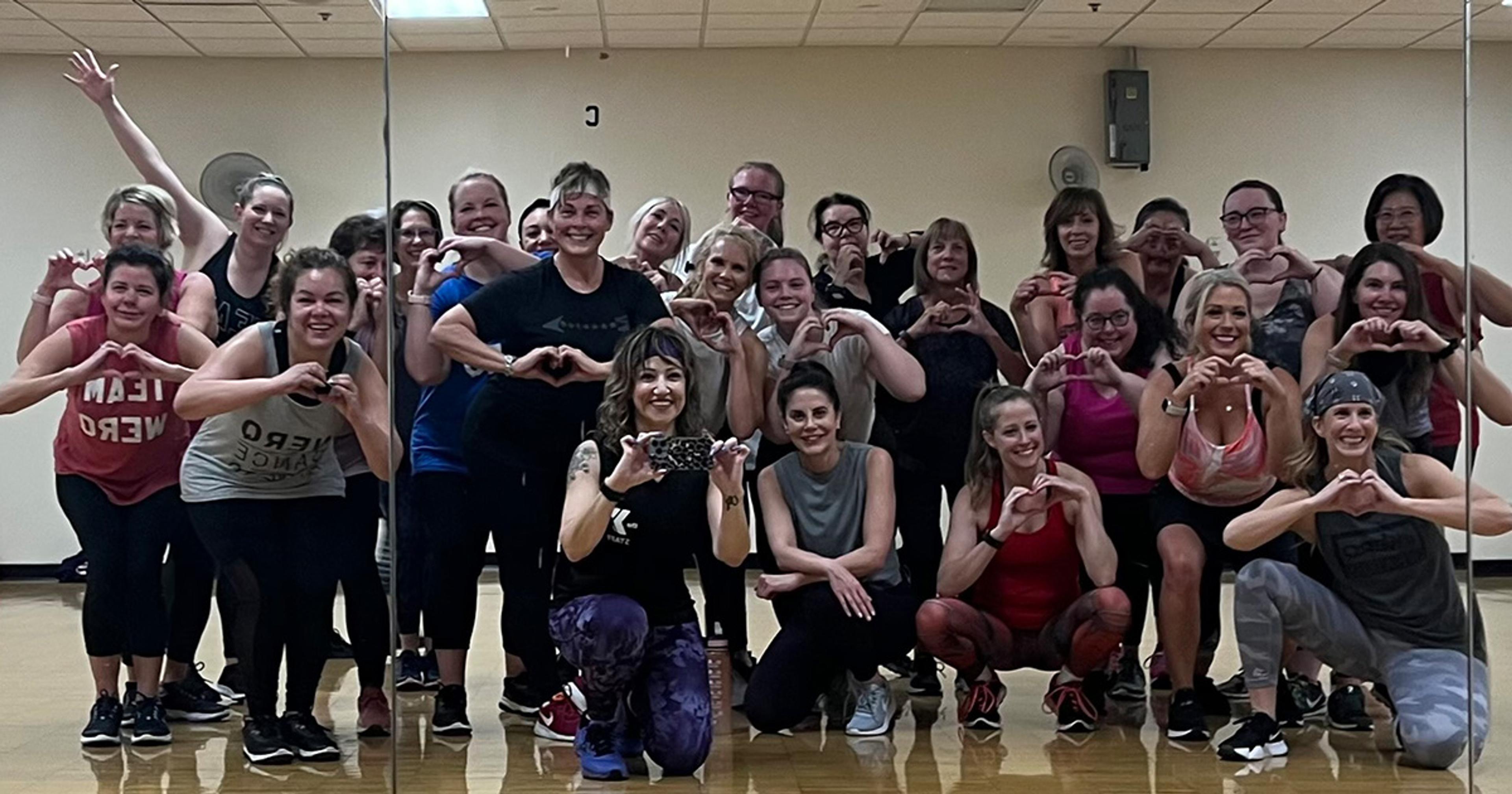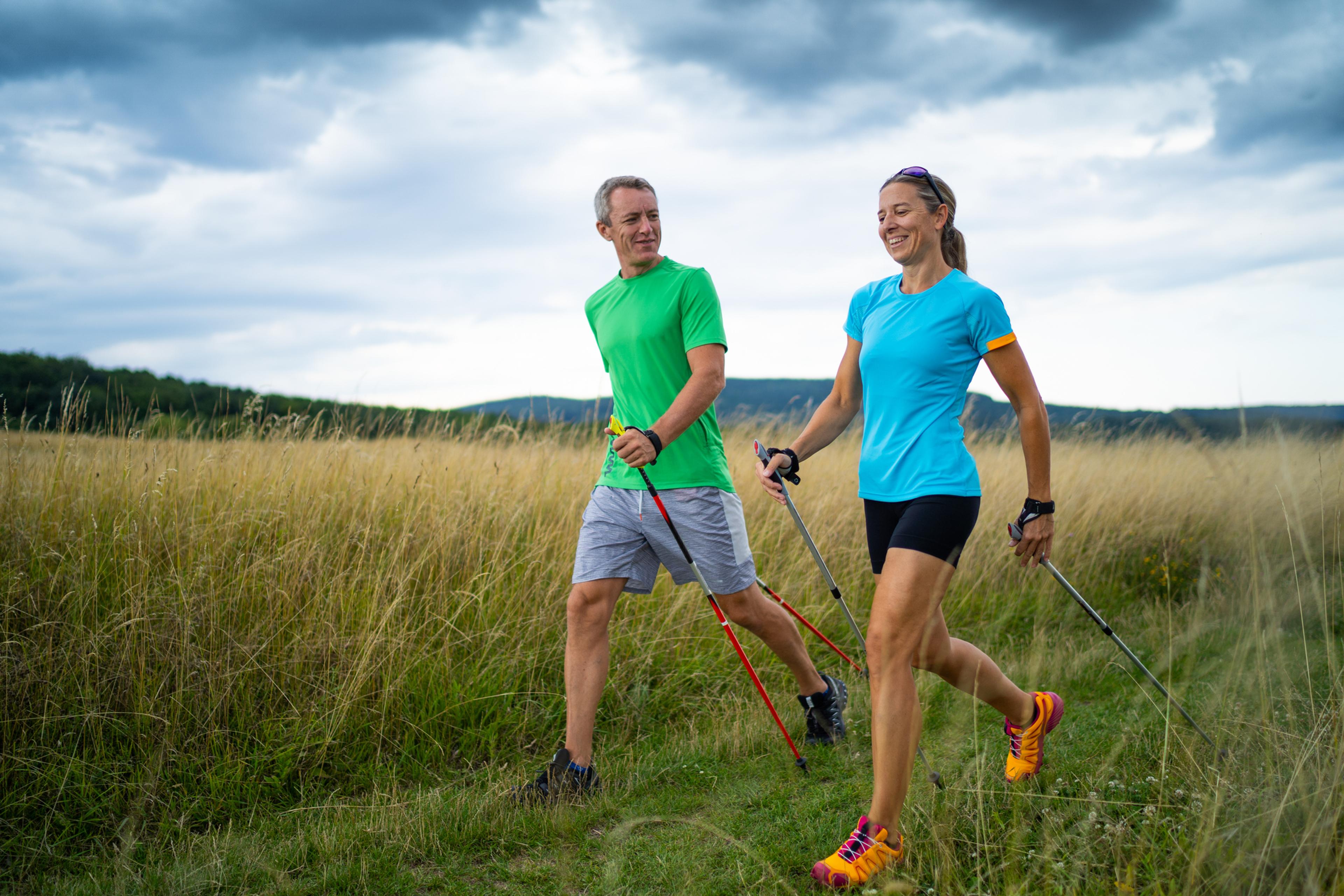How to Transition from the Treadmill to Running Outside
| 2 min read

Spring is peeking around the corner, so runners will be hitting the pavement outdoors soon enough. For those who have been working out on a treadmill, readjusting to running outside can be more challenging than you might think.
Exercising outside will help boost your mood, but that comes at the cost of added pressure on your joints. Without the assistance of the treadmill pulling your legs backwards, running on pavement can cause your body to have to work harder, which could lead to injury. In fact, experts say that it generally takes two weeks to acclimate from exercising indoors to out, and that even the most conditioned runners should take the time to let their bodies readjust to the new setting.
To ensure you don’t start off the warm weather season with a fresh new injury, experts suggest taking the following precautions:
- Stay active: Daily walks are a great way to ease back into exercise outdoors and get your cardiovascular system up to speed.
- Stay limber: Stretching is key to injury prevention and can go a long way in helping you re-adjust to the outdoor conditions.
- Don’t overdo it: You may be inclined to run for miles the first day of warmer weather, but it’s best to hold back. When transitioning from the treadmill to the concrete, it’s important to start off slow and gradually increase time to avoid injury.
- Pay attention to your body: Your body is smart and knows when it’s had too much. Pay attention to warning signs like aches and pains that may indicate you need to slow down.
If you liked this post, you may also enjoy:
Photo credit: Neerav Bhatt





